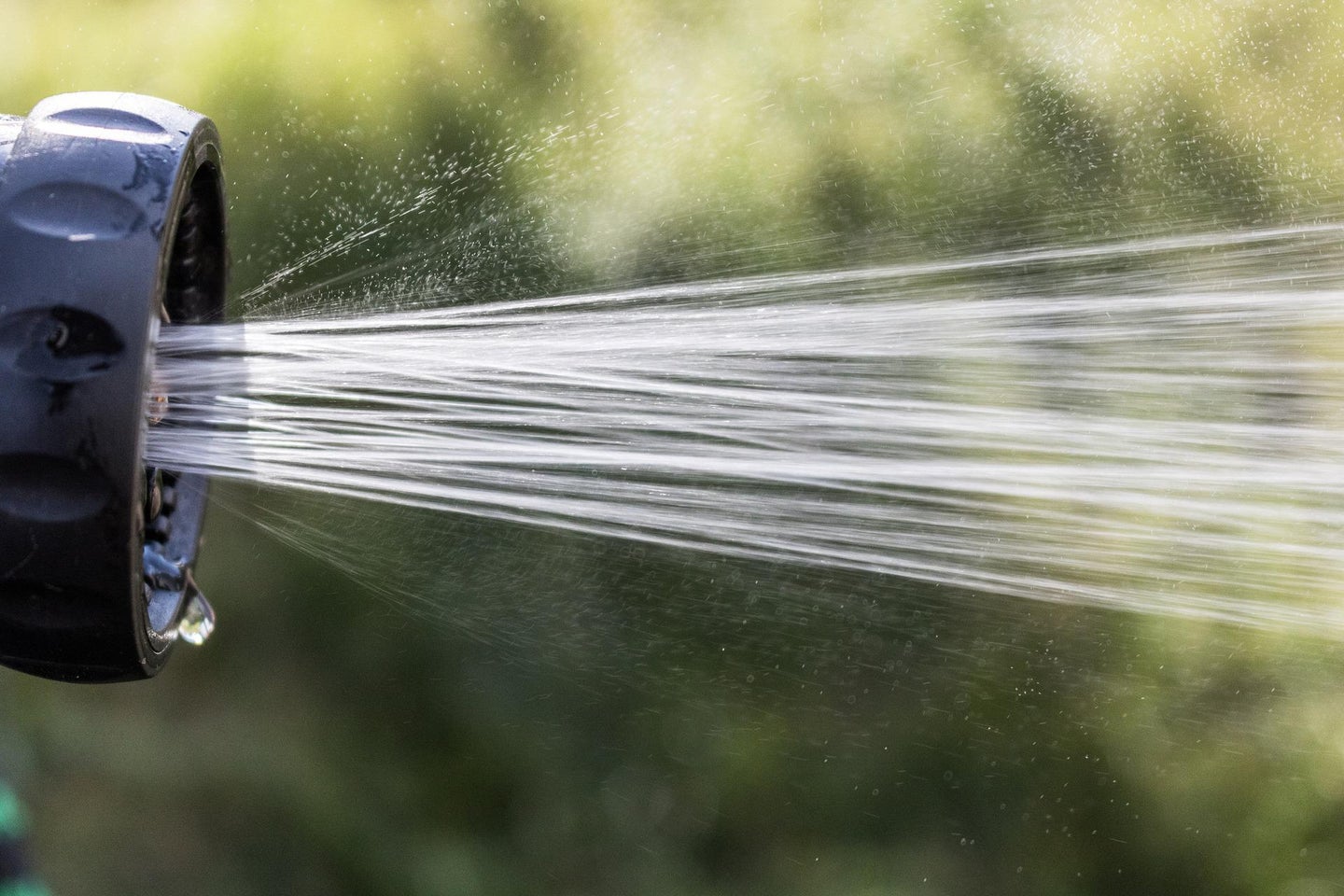New water restrictions in California show just how bad the Western drought is
By limiting outdoor watering, SoCal water officials hope to avoid future water shortages.

In the face of a deepening drought and ongoing water shortages, southern Californians will soon experience the most severe water restrictions ever applied in the region.
The Metropolitan Water District of Southern California voted unanimously on Tuesday to implement a new framework that would limit water use for about 6 million southern Californians. As of June 1, dozens of cities and districts will need to limit residents’ outdoor watering to once a week or reduce total water use below a certain target. Water providers must draft plans to police their customers and could face fines of up to $2,000 per acre-foot of water, about 325,850 gallons, in excess of monthly allocation limits.
The need to save water is especially dire since California just experienced the driest January, February, and March on record—months when the state typically gets the most rain and snow in the year. “At this time, a third of our region, 6 million Southern Californians in parts of Los Angeles, Ventura, San Bernardino counties, face a very real and immediate water stress challenge,” Metropolitan Water District General Manager Adel Hagekhalil told Cal Matters. “Today these areas rely on extremely limited supplies from Northern California. And there is not enough supply available to meet the normal demands in these areas.”
Households will still be allowed to use 1,646 gallons per day, which is far above the average household usage of about 200 gallons daily.
[Related: NASA is watching California’s groundwater crisis from space]
Though the dangers of drought in California have been clear for decades, per-person residential water use has been increasing over the past two years. The new water restrictions aim to tamp down on excessive water use, especially on gardens and lawns. Many residents don’t seem to know that they’re living in a water shortage, Kareem Gongora, a San Bernardino County planning commissioner, told Cal Matters. “You come to the (Inland Empire), you don’t feel like there’s a drought. Everything is pretty much practically green still, manicured lawns.”
By limiting outdoor water use now, the district can save water for indoor use later in the summer when water use increases, Hagekhalil told the AP. Though most of South California receives its water from several watersheds, including the Colorado River and reservoirs in the southwest, these sources are also experiencing water shortages. The Colorado River is cutting back on its water delivery to California, and Las Vegas has turned on its low-level lake pumping equipment at Lake Mead to avoid reservoir levels falling below the reach of their currently operating pumps, which would be dubbed “Day Zero.”
“Unprecedented times call for unprecedented measures,” the Metropolitan Water District of Southern California said in a statement. “We must take this drought seriously. If we all rise to the challenge, we can get through this crisis. Let’s all conserve now to ensure our region has enough water to get through 2022 and beyond.”
